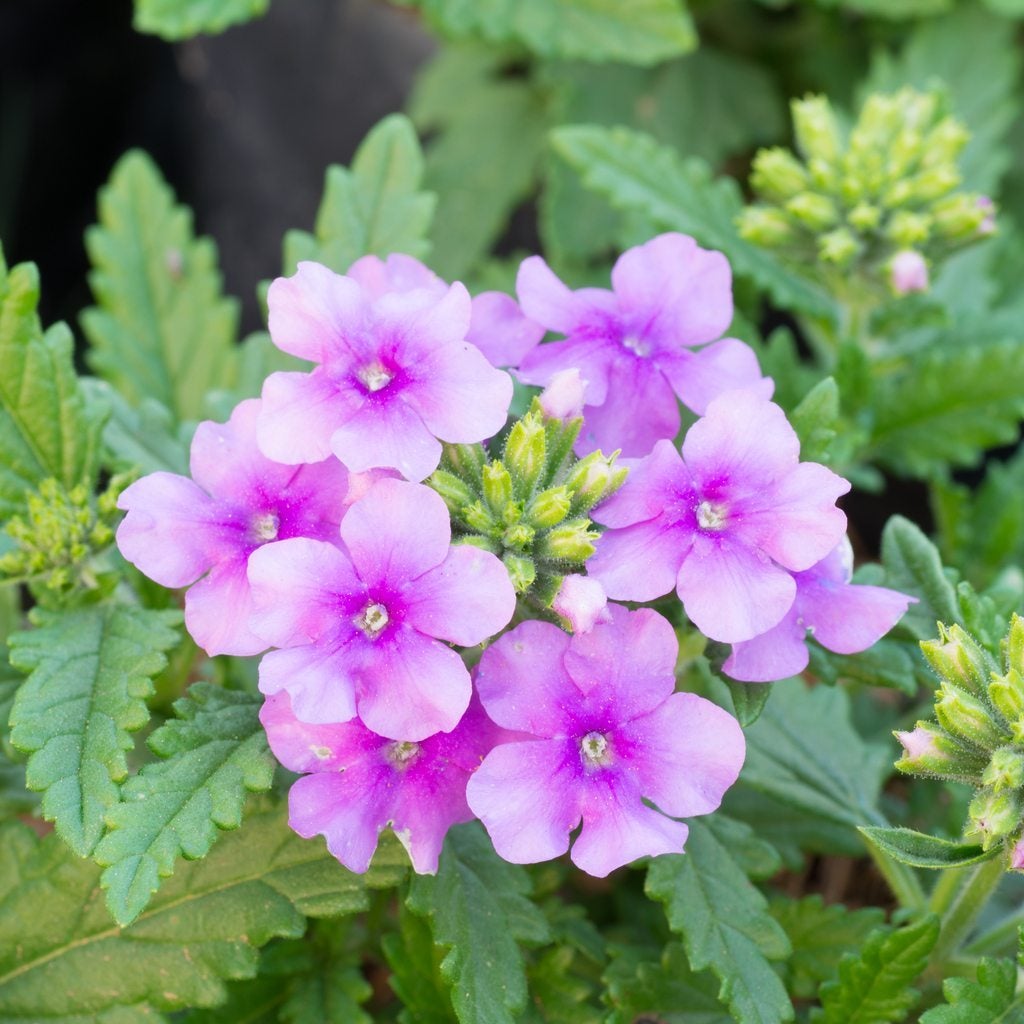Growing Verbena Plants – Getting To Know Verbena Plant Varieties


Verbena is a popular plant for flower beds, but there are so many different types of verbena, all with varying properties and appearances. To make this great plant a part of your garden, learn more about the different kinds of verbena and choose the ones that will work best in your beds.
Growing Verbena Plants
Verbena is a great summer plant with long bloom times and a great tolerance to heat. It is a perennial, although some people grow it like an annual because it will not always last as long as you might expect. Verbena absolutely must have full sun and well-drained soil, so choose the location carefully. With shade and too much moisture, these plants will develop mildew and fail to bloom. If the conditions and location are right, there is not much you need to do to care for your verbena. You can deadhead the flowers to keep it blooming long into late summer and fall.
Verbena Plant Varieties to Try
One of the most popular characteristics of verbena plants is their long bloom time. While verbena differences can be quite marked from one variety to the next, nearly all kinds of verbena will provide you with flowers from spring through the summer and even into fall. Moss verbena (Verbena tenuisecta). This variety produces smaller leaves than others. They tolerate frost well, but unlike other varieties may stop blooming midsummer. They will pick up again in late summer and early fall. Texas Rose verbena (Verbena x hybrida 'Texas Rose'). Producing bright pink flowers, this verbena is a real showstopper. It is a true perennial and spreads easily to fill in empty spaces. Blue Princess verbena (Verbena x hybrida 'Blue Princess'). This is a newer hybrid variety of verbena that produces beautiful deep blue flowers. Brazilian verbena (Verbena bonariensis). Brazilian verbena grows taller and a little more sparsely than other varieties. They can even grow up to 4 feet (1 m.) if overfertilized. It produces lavender flowers. Blue vervain (Verbena hastata). This variety grows in a similar way to Brazilian verbena, but blue vervain is hardier in colder temperatures and produces blue flowers. Rigid verbena (Verbena rigida). Rigid verbena hails from South America and grows in low patches with bright purple flowers. It also grows very densely, making it a good choice for sunny groundcover. Trailing verbenas. For a vining plant, consider the trailing verbenas. They need to be trained or the creeping stems will rot on the ground. These come in bloom colors that include dark purple, bright red, bright pink with white, lavender, and white. Annual verbena (Verbena x hybrida). For a true annual that will bloom all season, you can choose this staple of most nurseries. It comes in a variety of colors. Perennials are better for hotter climates, but the annuals are great options for colder winters.
Sign up for the Gardening Know How newsletter today and receive a free copy of our e-book "How to Grow Delicious Tomatoes".

Mary Ellen Ellis has been gardening for over 20 years. With degrees in Chemistry and Biology, Mary Ellen's specialties are flowers, native plants, and herbs.